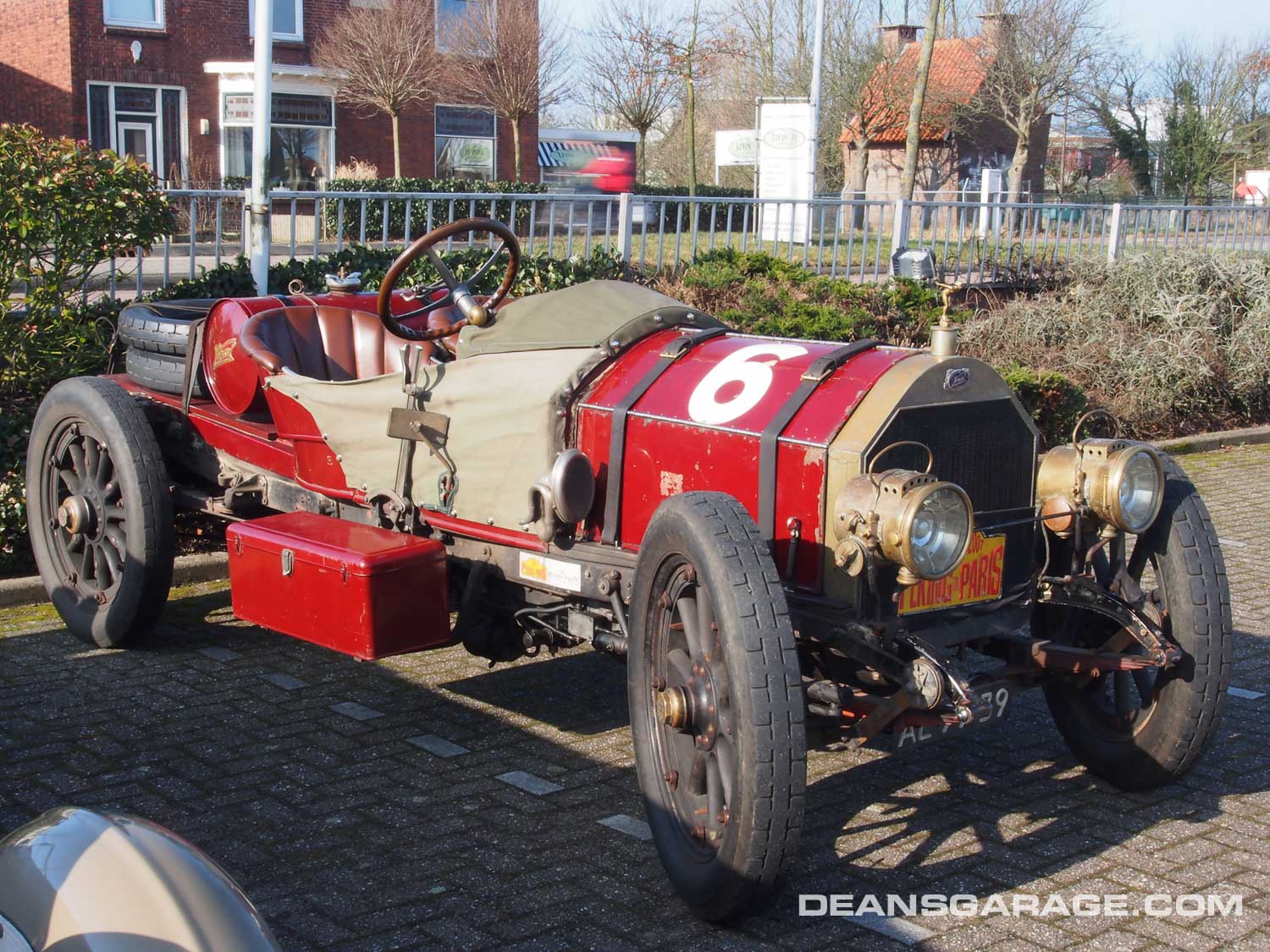
Ralph Mulford’s 1912 Indy 500 Tenth Place Finish
by Charles G. Proche, Sports Car Graphic, June 1966
Sad though this was for de Palma (he pushed his car two miles around the track, becoming exhausted 600 yards from the finish), there was a bit of humor in the grand finale of the 1912 Classic. As Dawson got the checkered flag and became richer by $25,000, there were still nine cars circling the track and, when “Howdy” Wilcox finished the race in ninth place, there was still a tired man behind the wheel of a Knox, who had more than 100 miles yet to go. His name was Ralph Mulford, whose car suffered through the race with clutch trouble, and he had to spend about 40 minutes in the pits for two pit stops. Starter Fred Wagner asked the Speedway President Fisher (of the “Body by Fisher” family) if he could bring Mulford in and give him the tenth place prize of $1,200, so that everyone could go home. ”Certainly not!” replied Fisher, “This is a 500-mile race and, if he wants the prize, he has to drive the full distance.”
Mulford, who was at that time in the pits, heard the bad news and resumed circling the track at 60 mph. But as the sun neared the horizon and the stands stood deserted, with only a few timekeepers present, something revolted inside Mulford, who stopped and said that he was through.
When informed that he had only seventeen more laps to go to collect his prize, Mulford agreed to continue, but not until his mechanics brought for him a fried chicken dinner from a nearby restaurant. After a leisurely dinner he proceeded to complete the longest Classic in history. He finished almost nine hours after the start of the race.
Beginning the following year the race officially ended when the first car received the checkered flag.
Addendum
Apparently there are several errors in Sports Car Graphic’s account of Mulford’s 10th place finish at the 1912 Indy 500. See James Duvall’s comments, quoting Donald Davidson, retired historian emeritus of the Indianapolis Motor Speedway.

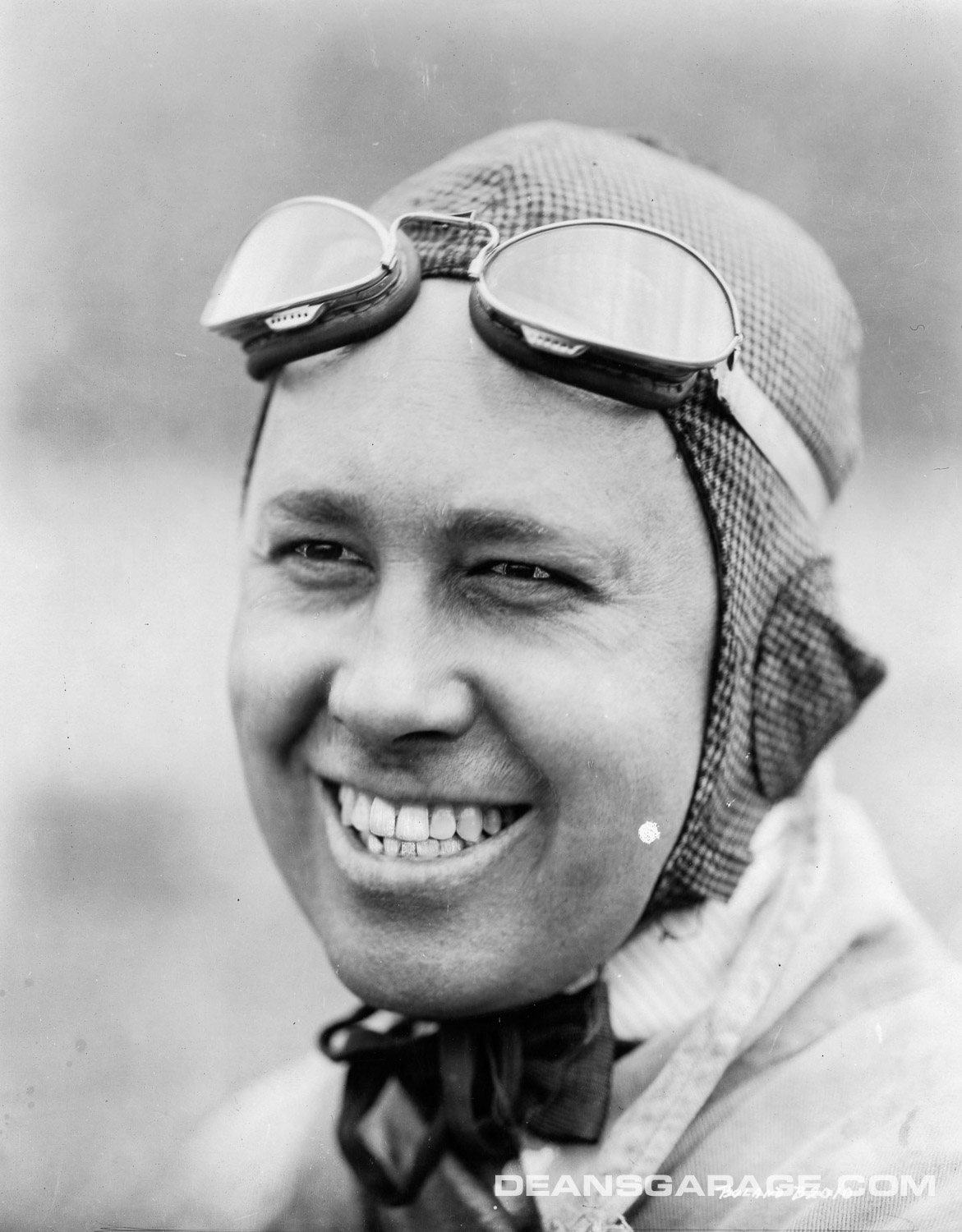
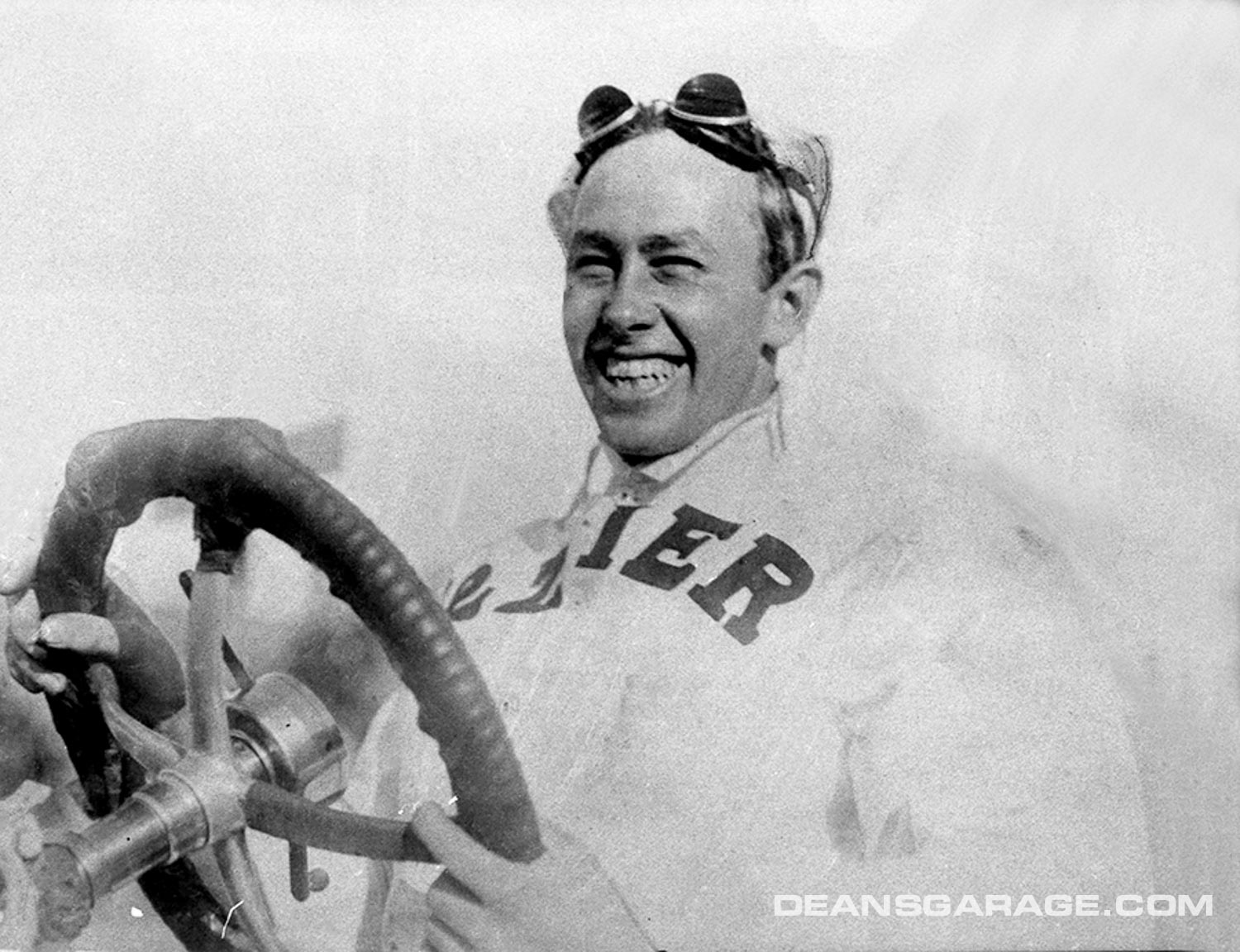
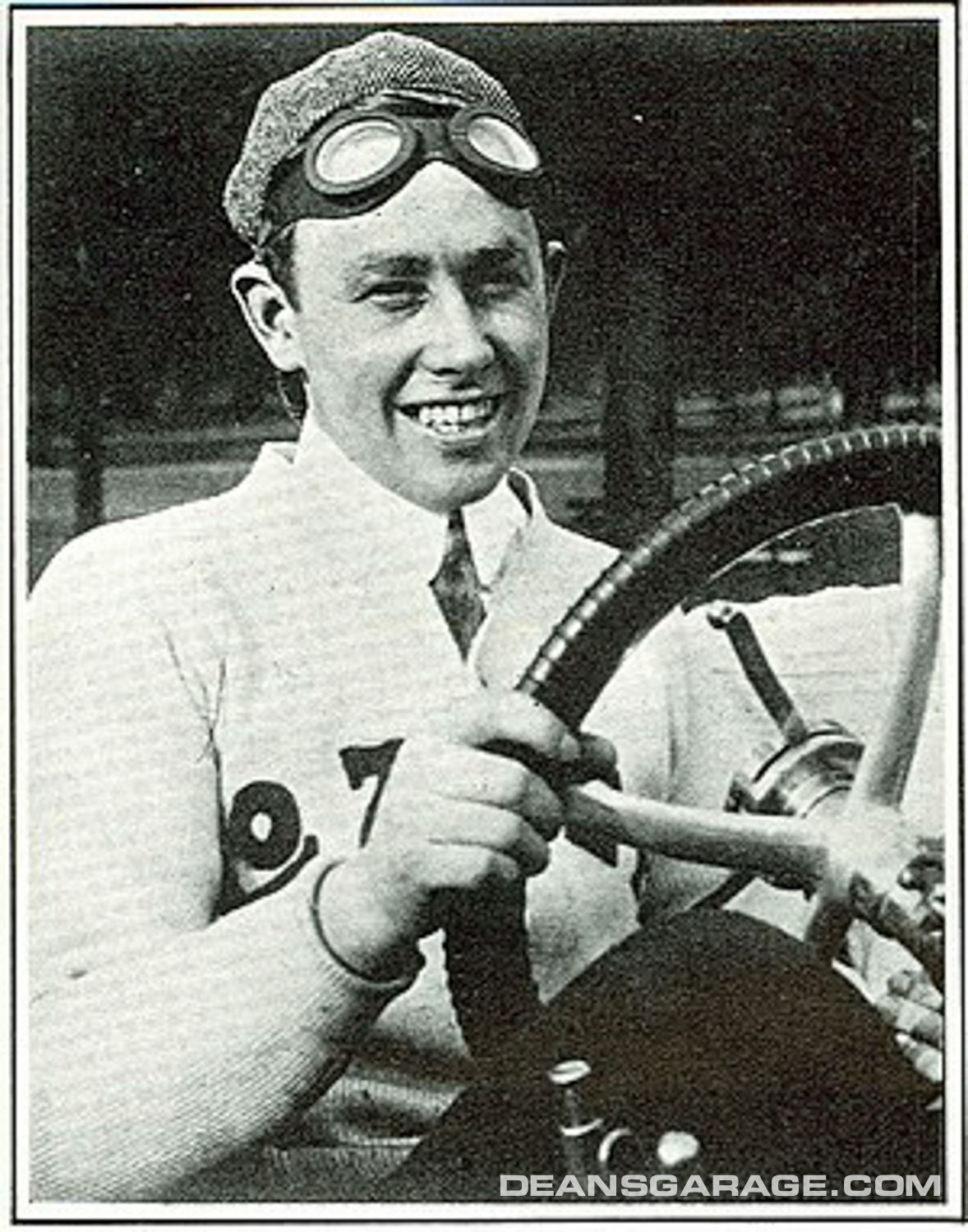
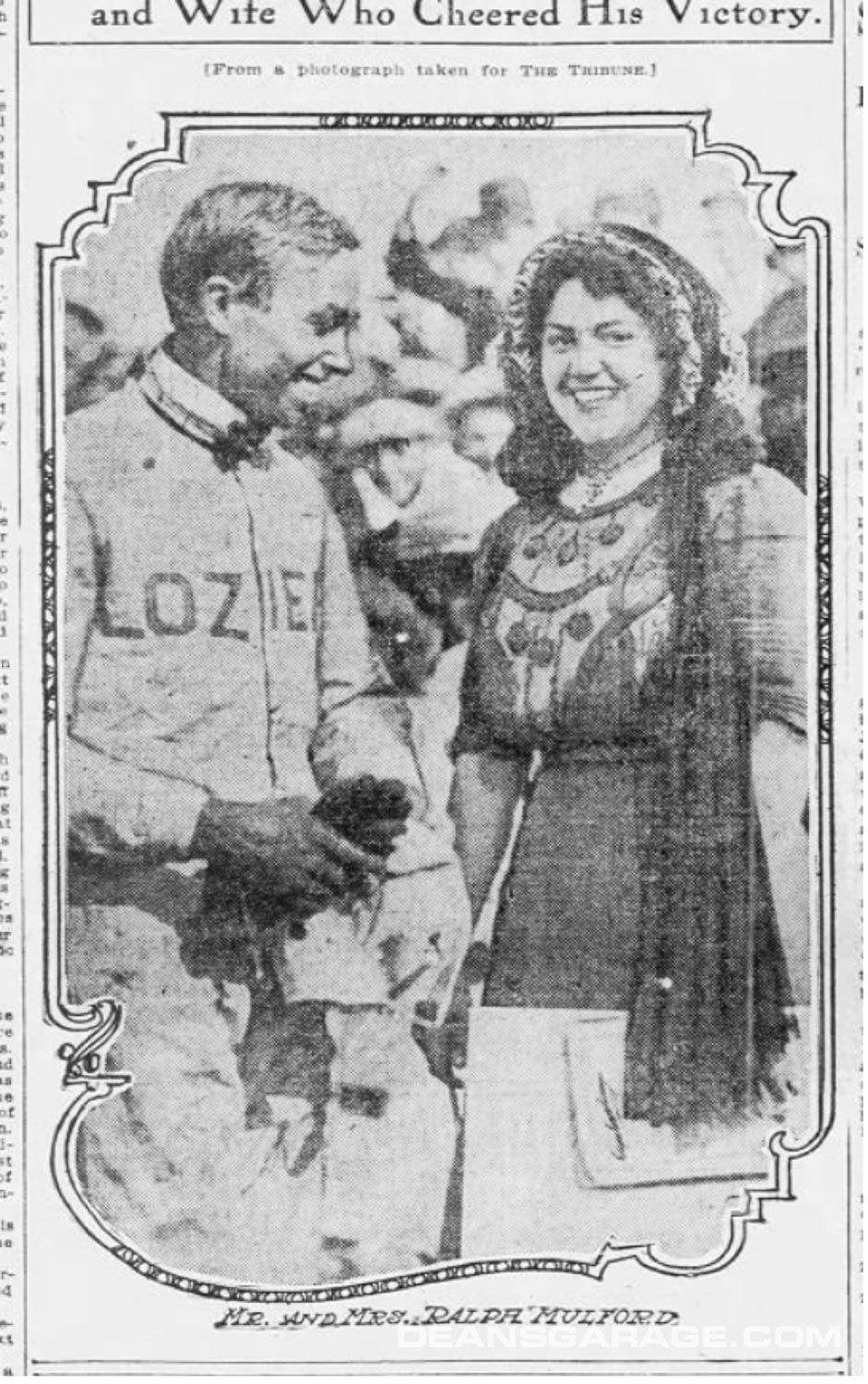
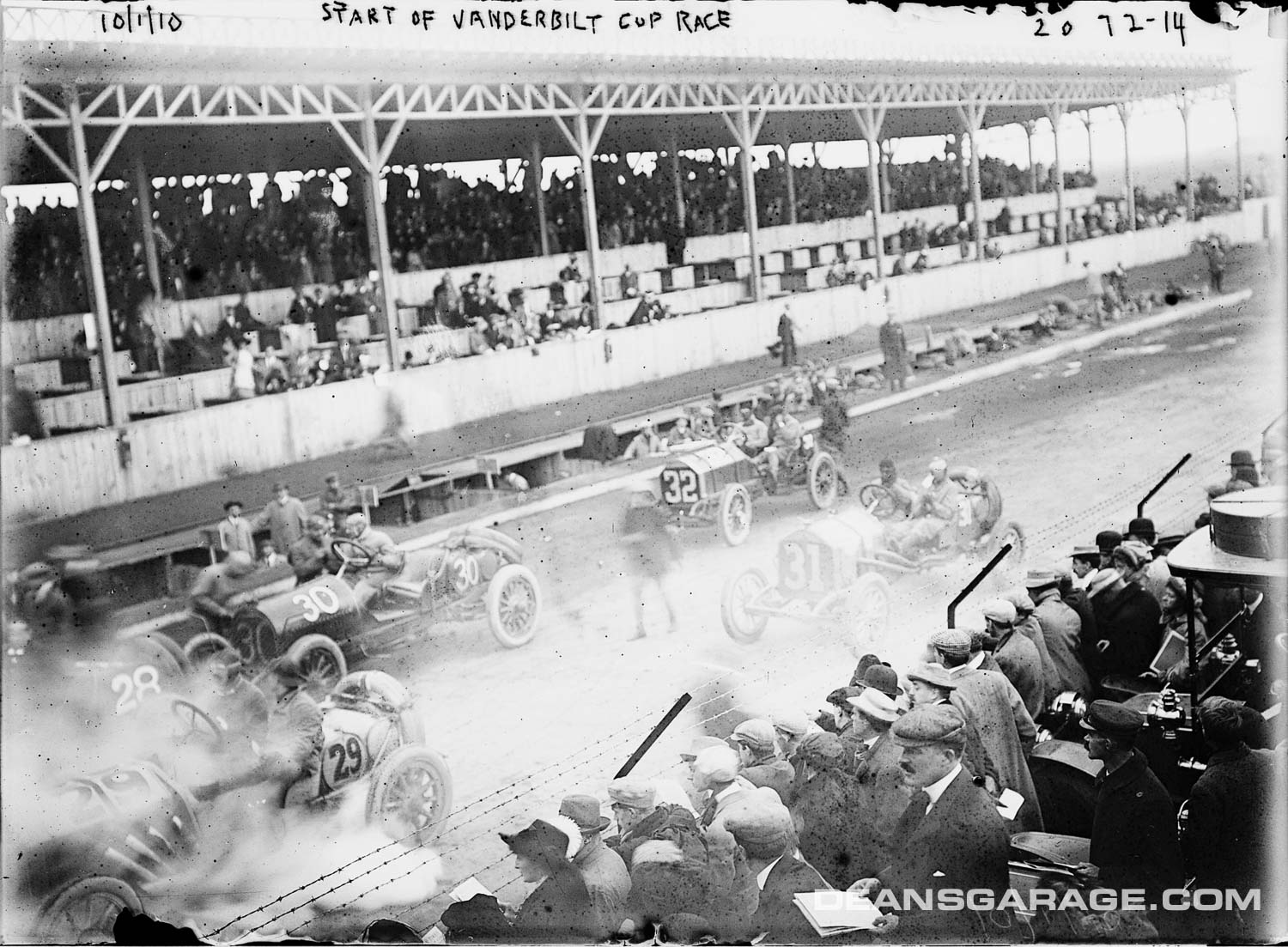
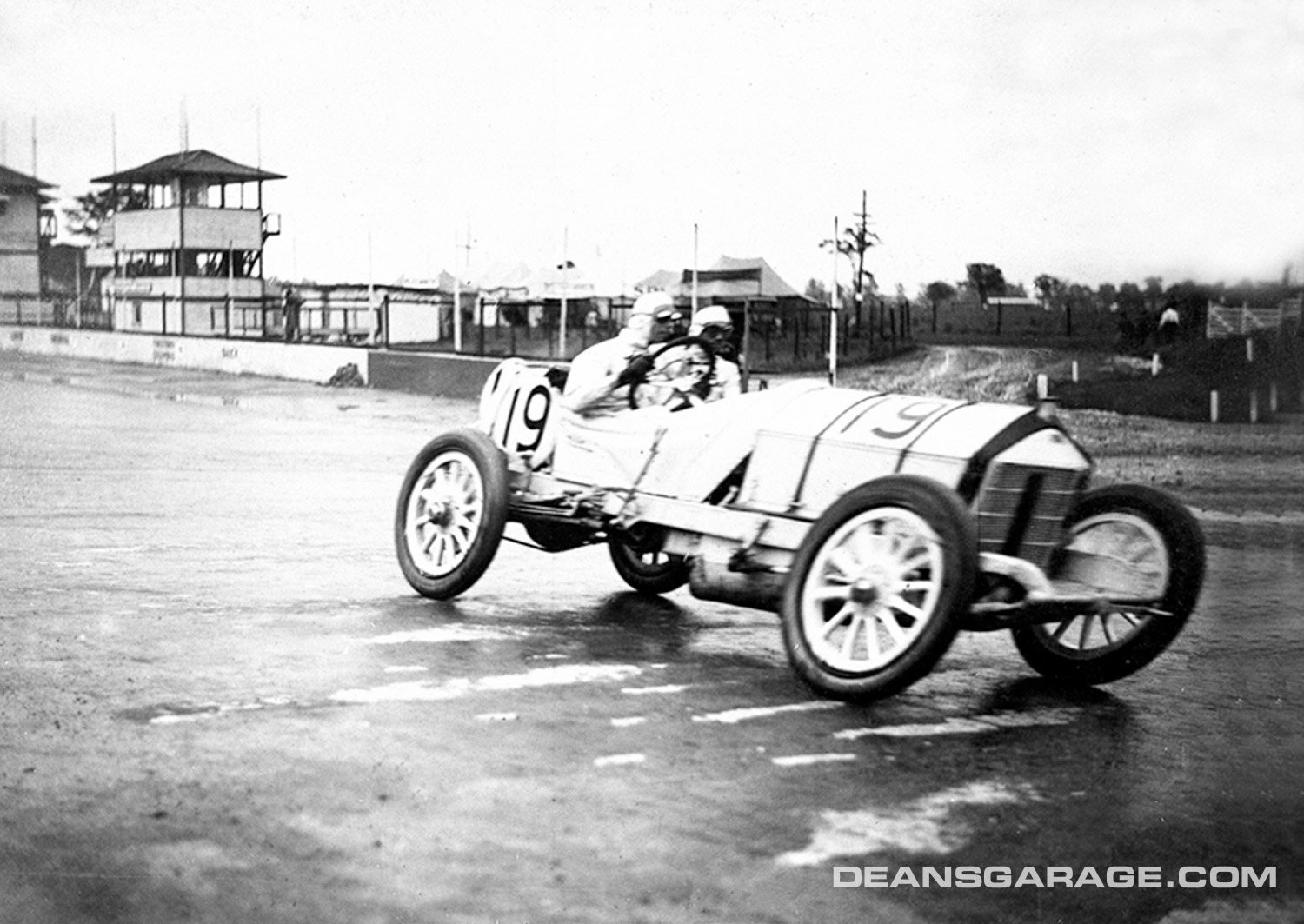
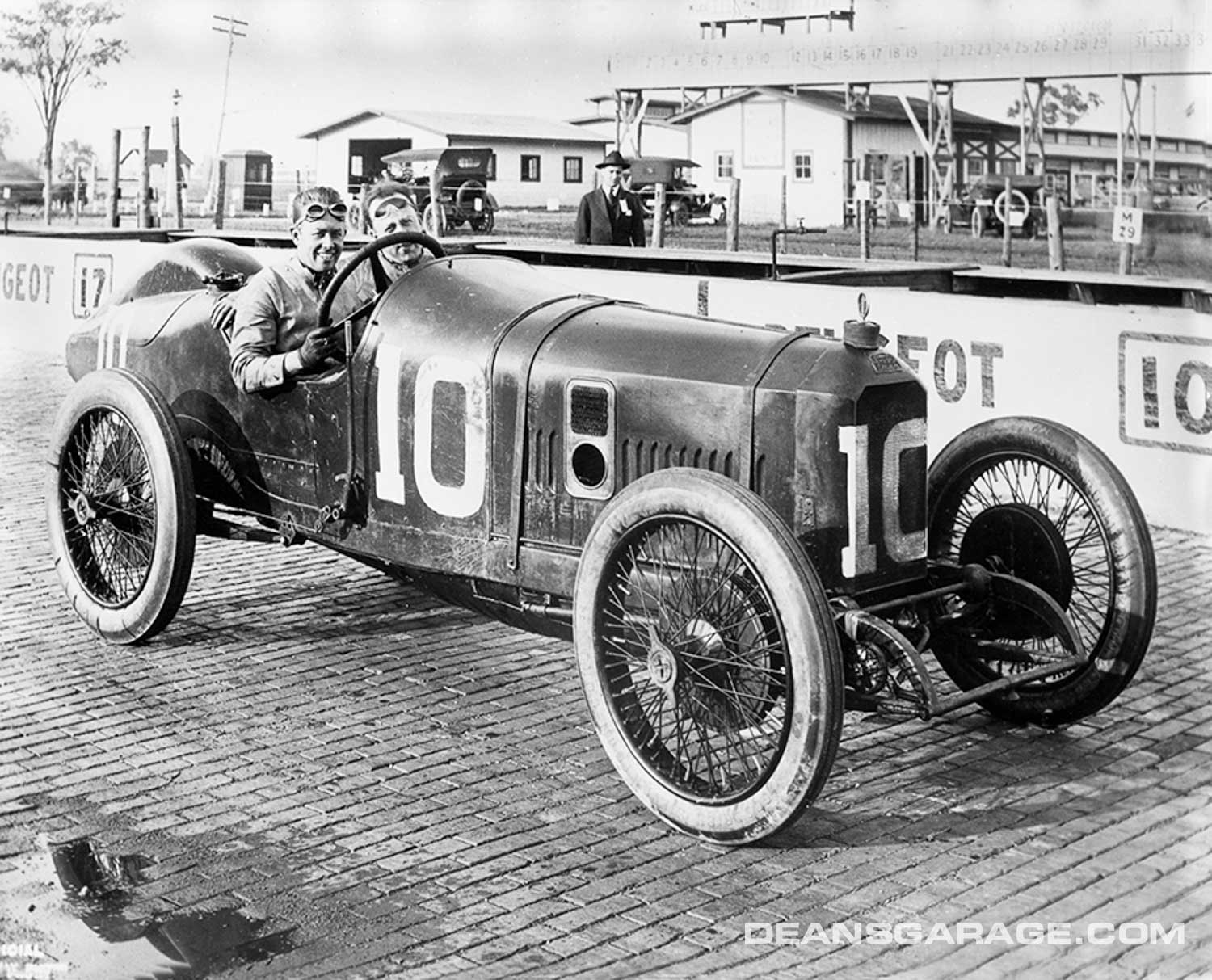
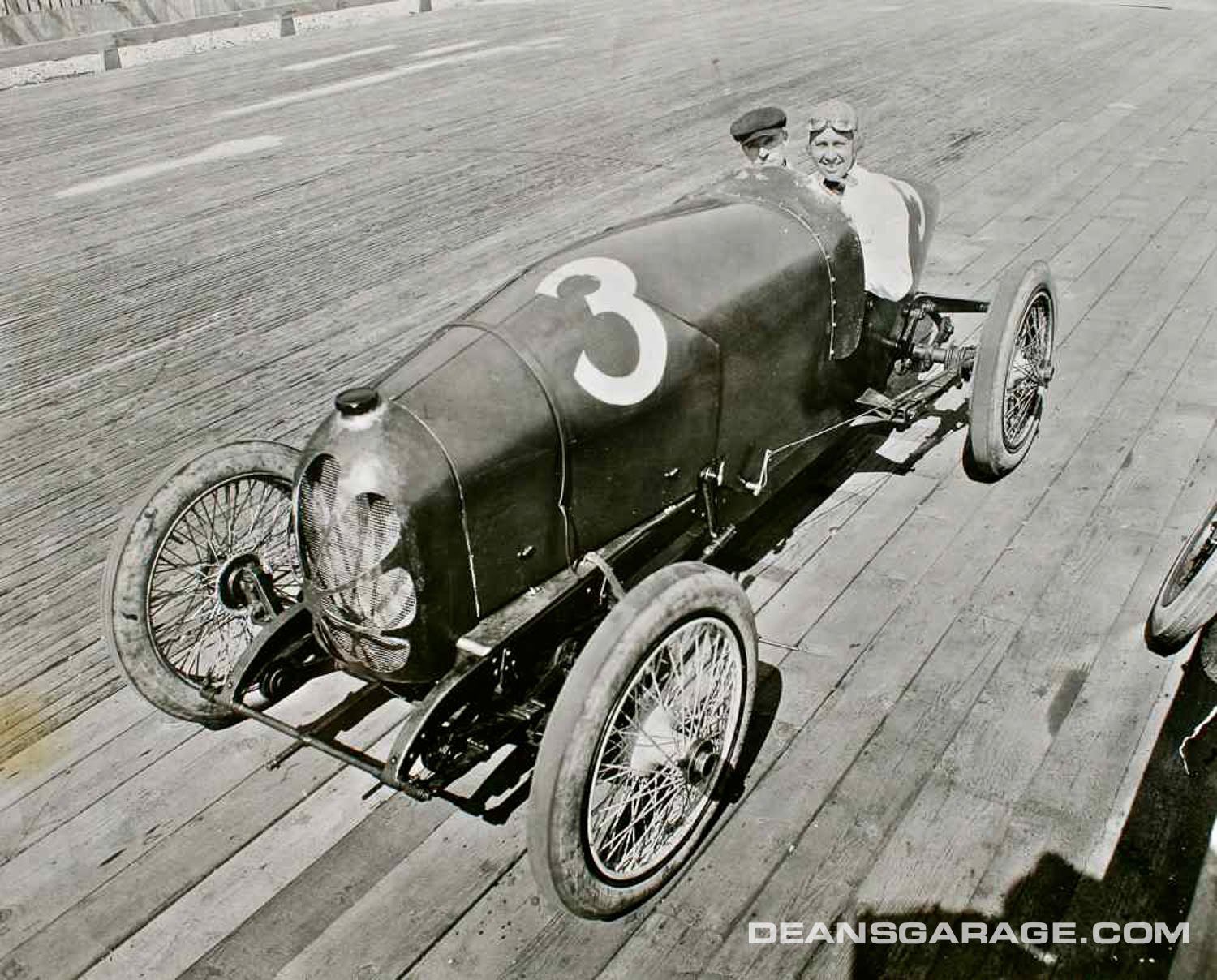
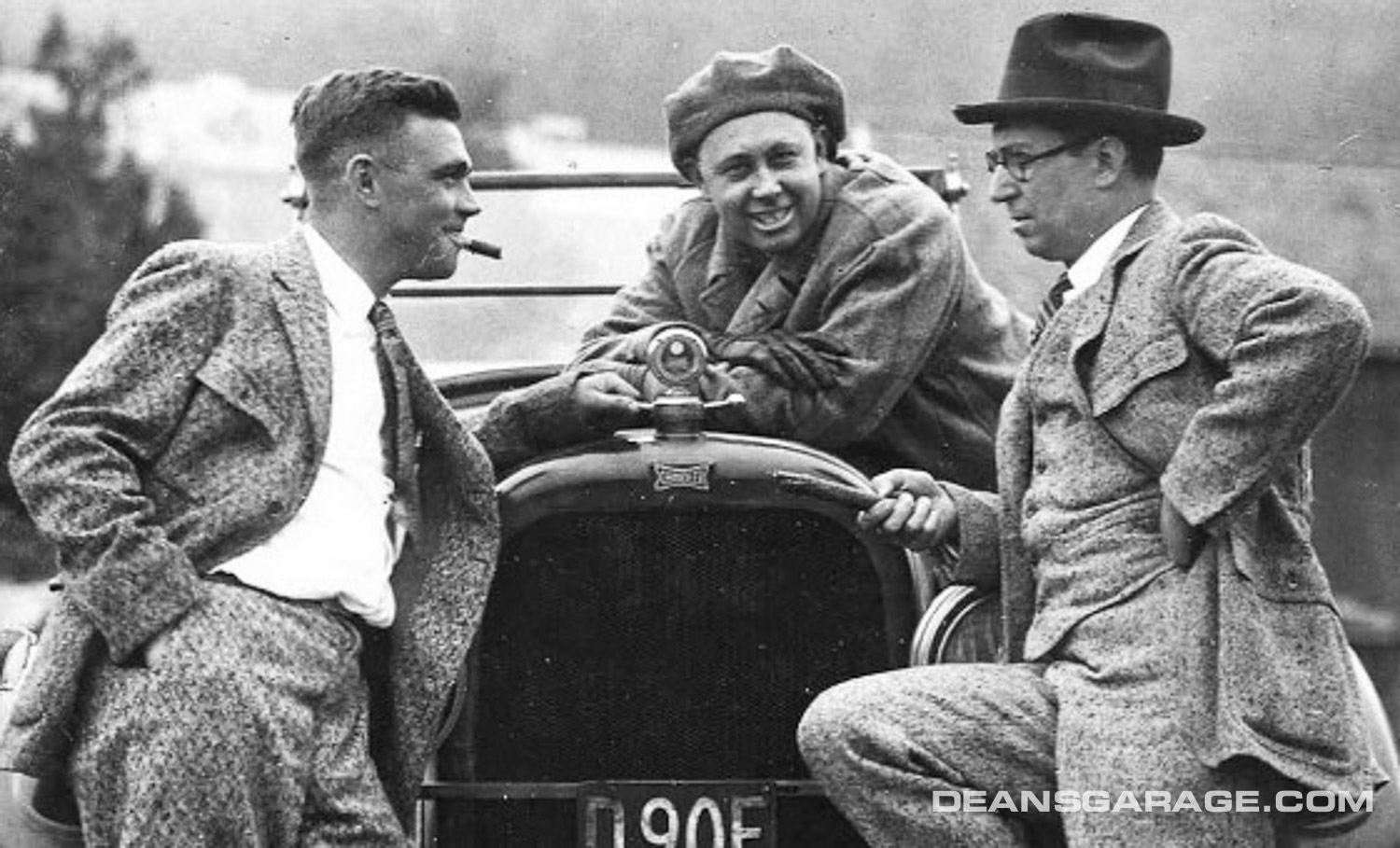
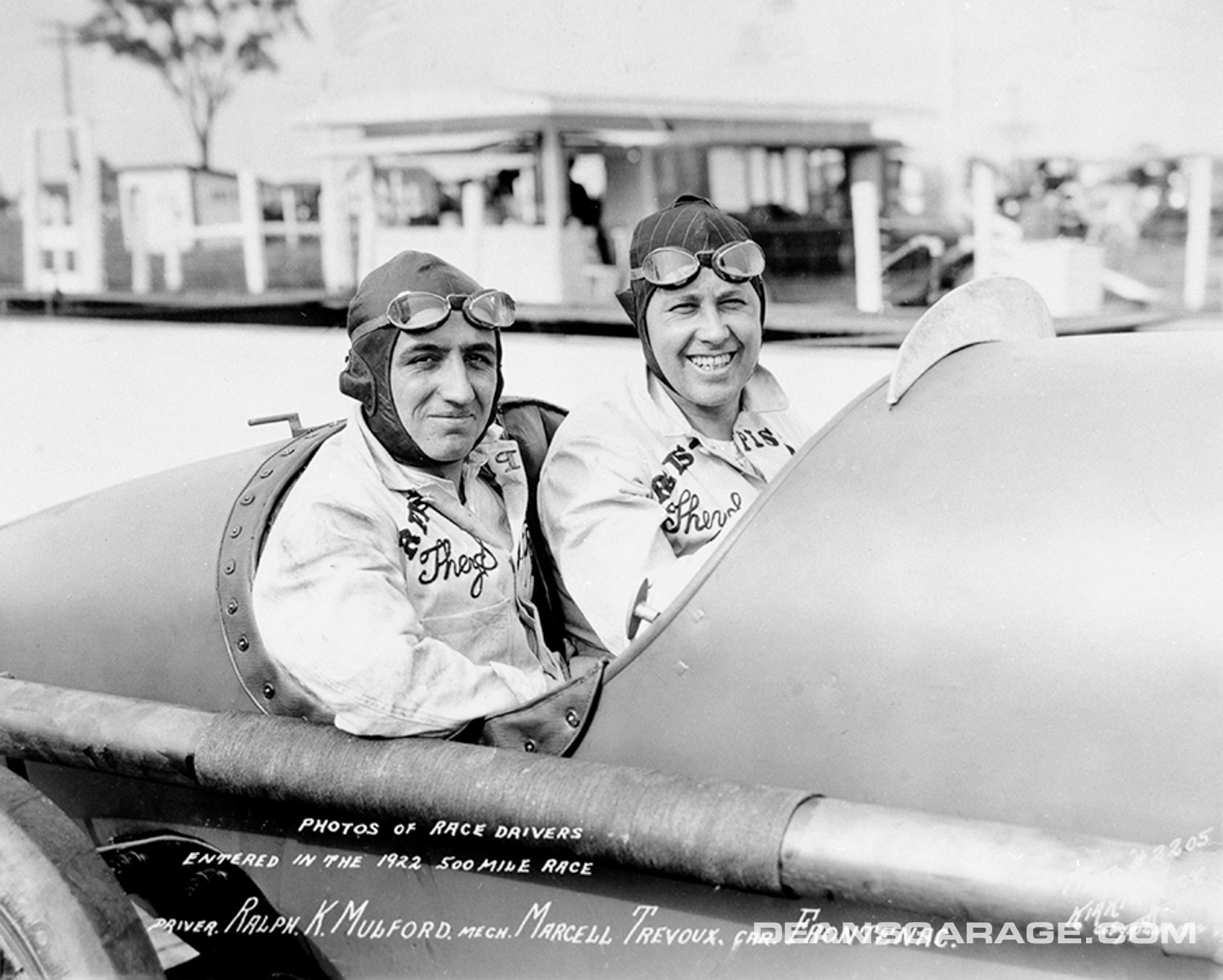
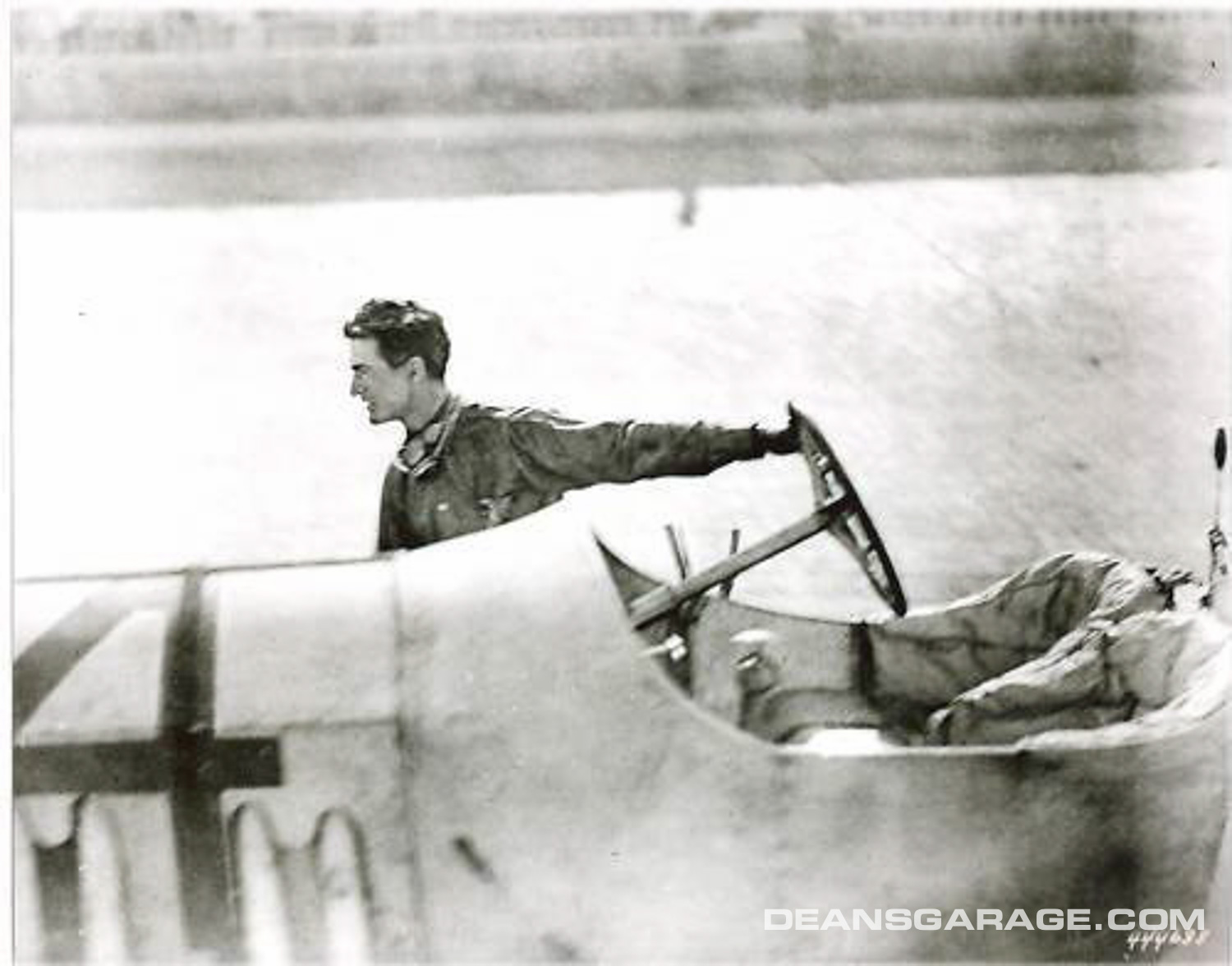
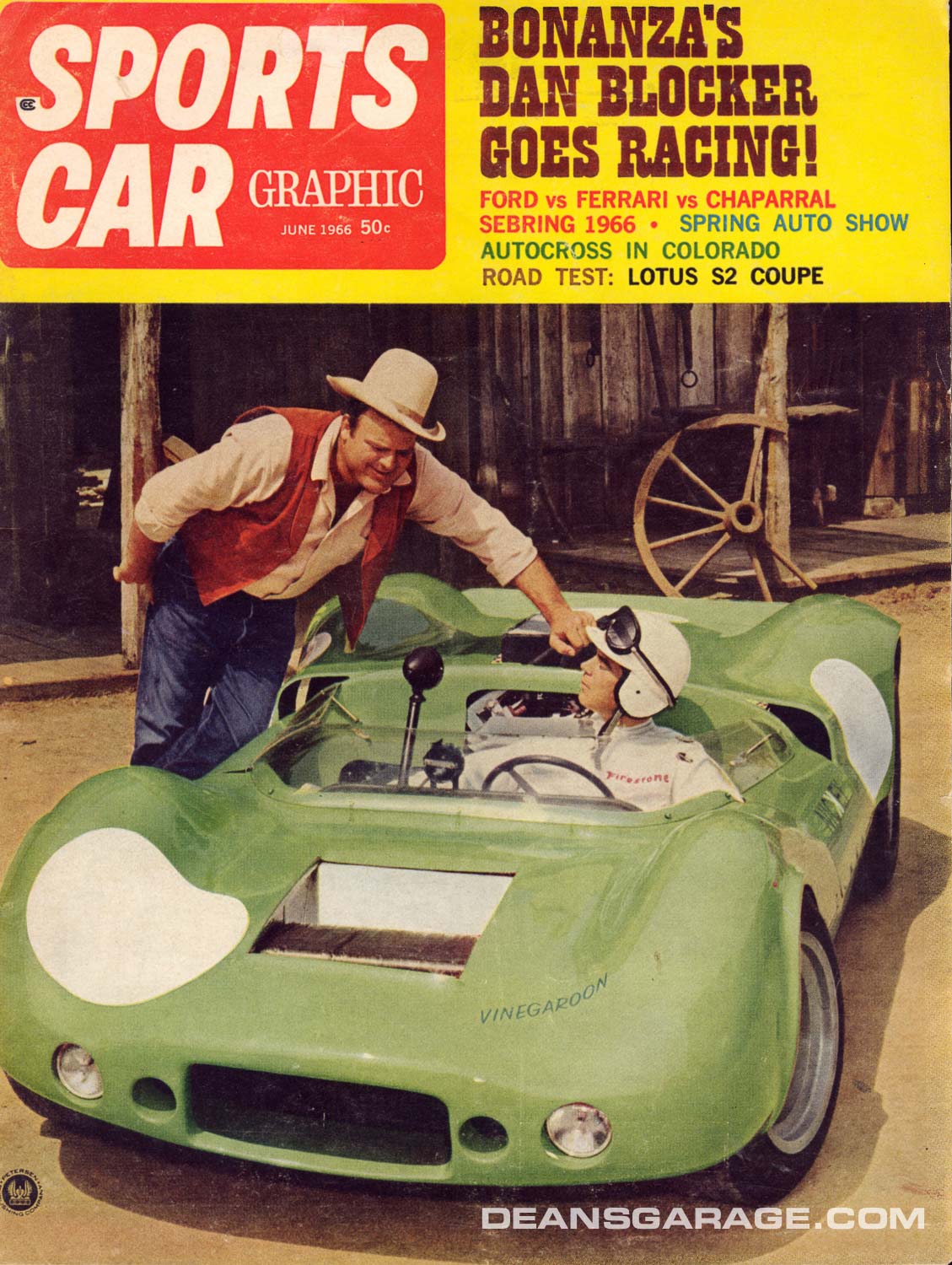
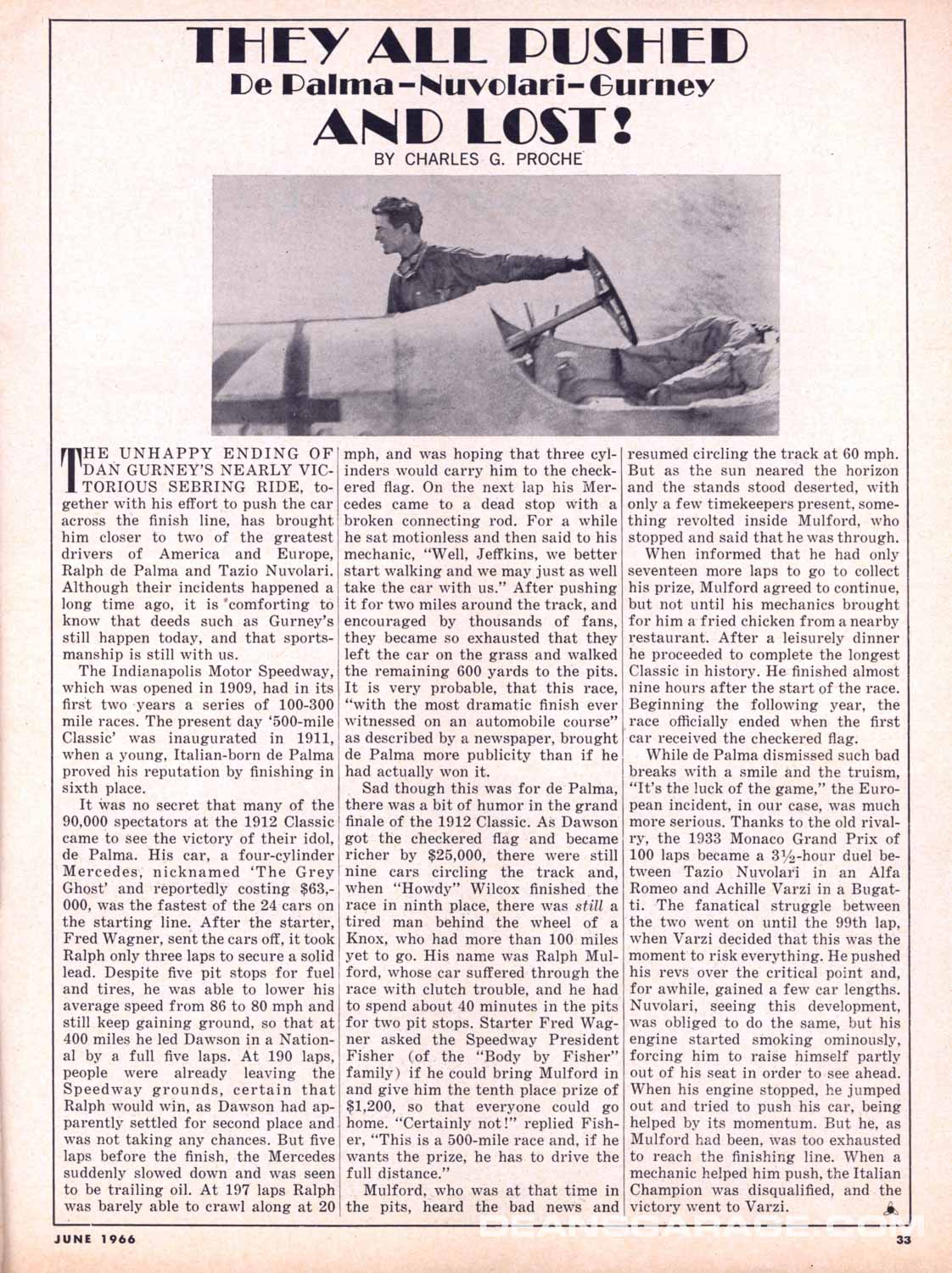
The Speedway president was Carl G. Fisher, one of the four co-founders of the Indianapolis Motor Speedway in 1909. I have forwarded this e-mail to my friend Donald Davidson, the retired historian emeritus of the I.M.S.
I spoke this evening with my dear friend, Donald Davidson, the retired historian emeritus of the Indianapolis Motor Speedway. Since this is an event weekend in Indianapolis, Donald, who is a very humble and modest individual, tends to go into hiding as he gets inundated with media requests and questions, so I was surprised to hear from him today.
I write you off the blog to bring to your attention that Donald is very certain that your source material contains several significant errors-in-fact. First, Speedway co-founder and President Carl G. Fisher (1874-1939) (an automobile dealer, 1913 founder of the Lincoln Highway movement, a principal in the Presto-O-Lite Corporation and real estate mogul in Miami, FL) was not related to the Fisher family of G.M. Fisher Body fame.
While Donald is not certain that Fisher consulted the starter in 1912 about Mulford’s standings at the finish, Donald stated that all entrants were aware of the requirements to qualify for the finishing prize money that 500-miles had to be completed. Further, it was not until the 1970s that race was flagged as over after the checkered flag fell on the winning lap finishers. In fact, for many years when Champion Spark Plugs sponsored the “Champion 100-m.p.h. Club”, drivers and cars would circulate at speed to complete 500-miles at an average speed of over 100-m.p.h. while the winner ceremonies were taking place, except when the race was flagged for rain. Later, when average total race speeds increased to over 150-m.p.h. for the entire race, the club was no longer a necessary accommodation. Back in the era of front-engine cars, however, the attainment of the Champion 100-m.p.h. Club was a mark of a very good Indianapolis-car driver. Donald also said that that Mulford’s elapsed race time was eight-hours, 53-minutes, averaging 56.28-m.p.h. confirmed by I.M.S. records and Floyd Clymer’s 500 Yearbook for 1909-1945. Mulford and his team qualified for the $ 1,200.00 tenth-place prize.
Donald had the opportunity to interview Ralph Mulford (1884-1973). Mulford related that he and his riding mechanic ate with the food in their laps while circulating the speedway to finish the race at around 60-m.p.h. with the food coming from a picnic basket, as there were no concessions at the track nor nearby restaurants back in 1912. Sunset on May 30th, depending on cloud cover would have been around 9:00 p.m. with twilight around 9:15 p.m.
From reading your blogs, I know that accuracy is important. I would not have questioned any of this if I did not have a great source of information as the wonderful Donald Davidson.